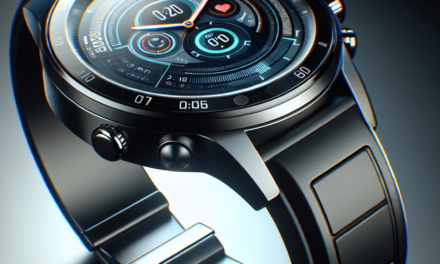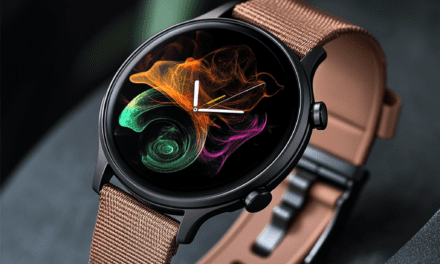The objective of wearable technology is to enhance the behavioral evaluation of children with intellectual and developmental disabilities. It aims to do this by identifying the predictors of problematic behaviors and then using this knowledge to modify therapeutic strategies.
Kids with cognitive and developmental disorders such as autism are more likely to exhibit challenging behaviors such as self-harm, aggression, and property damage — actions that put them at risk of injury, classroom expulsion, or hospitalization.
Backed by a $1.1 million National Science Foundation Smart and Connected Health grant for four years, engineering and pediatric researchers from Vanderbilt are collaborating with colleagues from North Carolina State University. They are researching wearable technology’s potential to predict upcoming problematic behavior in children with intellectual and developmental disabilities.
The study aims to ascertain if the system — comprising specialized sensors worn on the wrist akin to a smartwatch; a shirt embedded with sensors developed in collaboration with the Vanderbilt University Department of Theatre, capable of tracking body movements; a tailor-made app; and professional human feedback — is capable of predicting the indicators of problematic behavior, or subtle hints suggesting the imminent occurrence of such behavior, during applied behavioral analysis sessions.
The research is being conducted at Vanderbilt and various community behavioral therapy clinics across Nashville. This involves 20 participants along with their caregivers in two or three sessions. Therapists and engineers from Vanderbilt collaborate with parents and behavioral therapists within these clinical areas to gather data from children who are wearing the devices during their behavioral evaluations.
This setup, which includes both cameras and microphones, collects data such as the child’s heart rate, perspiration levels, and movement of different body parts, as well as other markers. This gathered information is then processed by a computer-based system powered by AI and machine learning to estimate the probability of a possible behavioral problem.
The goal of this wearable device is to improve the reliability and precision of behavioral evaluation by anticipating the symptoms of challenging behaviors. This prediction is then leveraged to adjust therapeutic approaches.
“Just as your Apple watch can remind you, ‘You’ve been inactive for a while. It’s time to get up and walk,’ this system could suggest, ‘Your patient seems to be getting a bit agitated. They’re not extremely upset yet, but it could be imminent. Maybe you could try a different approach,'” stated https://vkc.vumc.org/people/weitlauf-amy, PhD, an associate professor of Pediatrics at Vanderbilt University Medical Center and a researcher at Vanderbilt Kennedy Center. Read More





